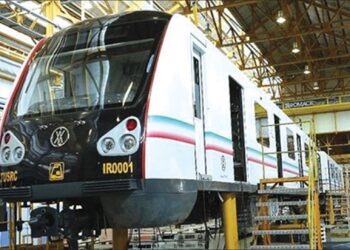July 19, 2019
The Iranian government has paid out almost $3 billion to bail out a banking system that has been hobbled by mismanagement and misconduct, according to Mohammad-Baqer Nobakht, the head of the Plan and Budget Organization (PBO).
The banking system in every country is supposed to be key to developing a country’s economy by assembling large blocks of capital that can be invested to create new businesses and new jobs. But as Nobakht described it, it appears that much of the Iranian banking sector has systematically harmed the economy while helping the corrupt to amass personal wealth.
Defending the performance of law-abiding lenders, he said the main problem with the banking system is the existence of uncertified credit institutions that have imposed monumental losses on the government—and, by extension, the public.
“Unfair charges and criticism have been leveled against the banking sector … while uncertified financial institutions created a variety of trials and tribulations for the country,” the Fars news agency quoted him as saying.
Nobakht made the comments in response to mounting criticism against the banks’ poor performance regarding granting loans and other financial help to flood-stricken people.
Nobakht revealed that the government has paid 360 trillion rials ($2.8 billion) to compensate for losses incurred by the misconduct of shadow banks and unruly lenders in recent years. He did say over what period that massive sum was paid out. Nor did he say whether the payouts had been completed.
The Financial Tribune said unregulated credit institutions have been spawned for years but flourished largely during the tenure of President Mahmud Ahmadi-nejad (2005-2013). Those institutions were able to grab a quarter of the total liquidity because of little or no supervision. And as time passed by the rogue money institutions went bust, creating huge problems for the government and people who kept money there.
These financial institutions made it difficult for the Central Bank to adjust interest rates within the legal framework because the rates the unregulated institutions offered were almost always higher than the regular banks offered. This, the Financial Tribune said, created grounds for fraud and money laundering.
As problems started to multiply, most of the lawless lenders went bust due to wholesale mismanagement, lack of transparency and irresponsible investments in real estate and other dodgy business.
The Samen al-Hojaj Credit Institution was one of the myriad of uncertified lenders to sink deep into red ink. The Central Bank mounted a campaign, albeit to no avail, to crack down on the hubristic institutions that had been undermining the financial credibility and stability of the banking industry.
Needless to say, the Central Bank itself has been under strong criticism from many quarters for giving licenses to dubious institutions in the first place.
















